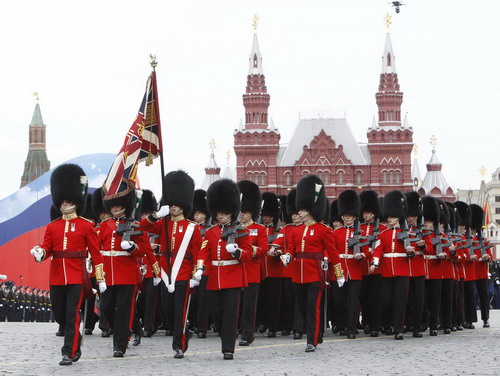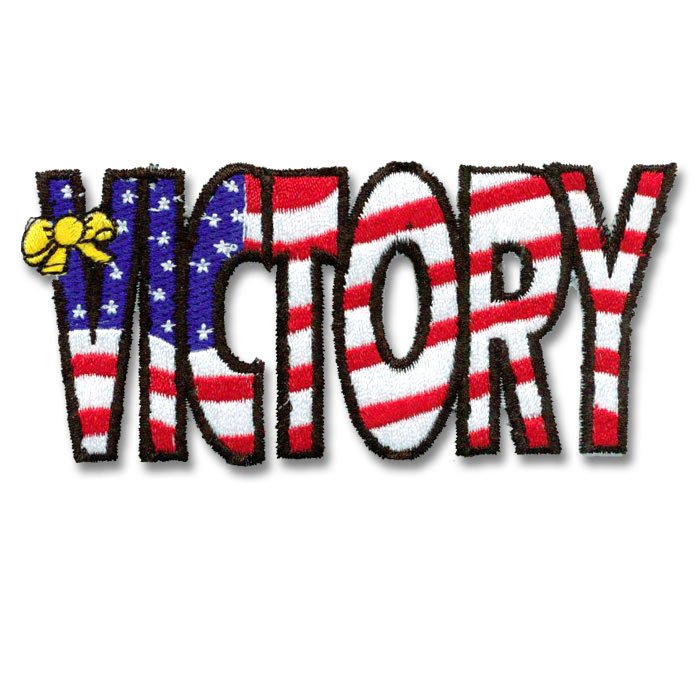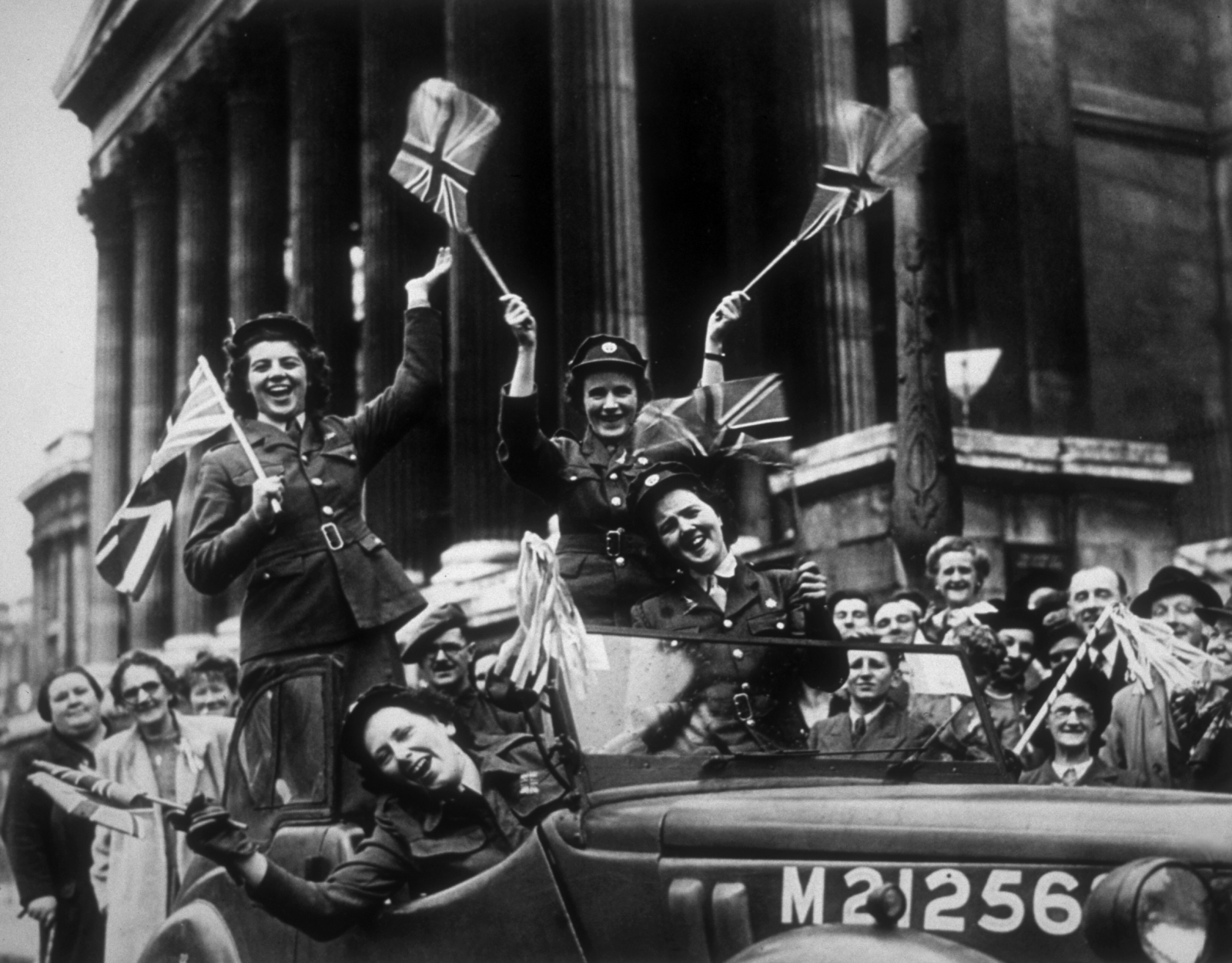

Richard Windsor, a long-serving East Providence Republican. Victory Day was established in Rhode Island by lawmakers in the spring of 1948, three years after World War II ended when the General Assembly passed a bill sponsored by Rep. Victory over Japan Day (V-J Day) would officially be celebrated in the United States on the day formal surrender documents were signed aboard the USS Missouri in Tokyo Bay: September 2, 1945. It followed the dropping of the devastating atomic bombs on the Japanese cities of Hiroshima on August 6 and Nagasaki on August 9, 1945. Truman declared 14th August as Victory Day. This photograph was taken as the parade came down Tremont Street by Boston Herald photographer Leslie R. The United Kingdom announced that its official V-J Day would be the next day, August 15, 1945, and Americans exuberantly joined in that day’s merriment, too. Victory Day was established in Rhode Island by lawmakers in the spring of 1948, three. It followed the dropping of the devastating atomic bombs on the Japanese cities of Hiroshima on August 6 and Nagasaki on August 9, 1945. Truman declared 14th August as Victory Day. Victory Day is a commonly used name for public holidays in various countries, where it commemorates a nation's triumph over a hostile force in a war or the liberation of a country from hostile occupation. One newspaper printed a special program including songs “to be sung by everybody,” that included the words and music to “America,” (First sung in the Park Street Church, Boston, they noted), “Pack Up Your Troubles In Your Old Kit Bag,” and “When Johnny Comes Marching Home Again,” among many other popular songs of the day.īoston would not see another parade as large for 84 years, until the Red Sox victory parade in 2004. Victory Day, also known as VJ Day, marks the anniversary the Allies’ victory over Japan during World War II. People gathered in Whitehall to hear Winston Churchill 's victory speech and celebrate Victory in Europe. It was the largest military parade in Boston’s history, with 20,000 soldiers marching or being driven in convertibles if they were wounded, and over a million people lining the streets on a rainy day.


Jones / Courtesy of the Boston Public Library, Leslie Jones Collection, 08_06_32064Įverybody loves a parade! On April 25, 1919, Boston welcomed the soldiers of the 26th (Yankee) Division back from a year of hard fighting on the front in France.


 0 kommentar(er)
0 kommentar(er)
